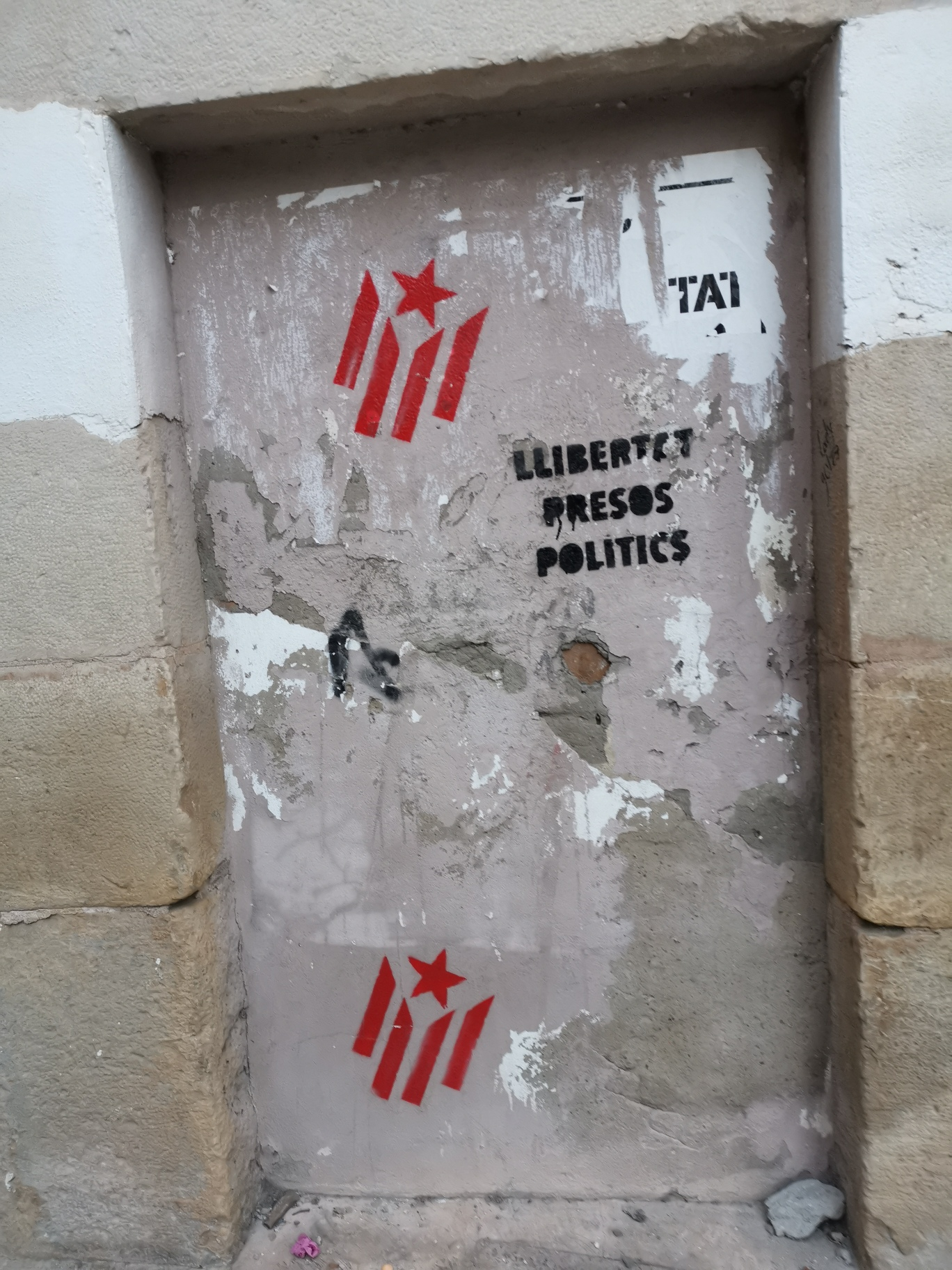From Our Artistic Director: Just back from Fira Terrega
The second weekend in September can only mean one thing for me – the annual pilgrimage to Fira Tarrega! For 4 days each year, an unimaginable number of artists, audiences and programmers descend on this small Catalan town for an amazing festival of outdoor arts.
The whole experience is like a ritual. Plane to Barcelona airport. A shuttle bus for artists and programmers from Barcelona to Tarrega. The work has now begun. Conversations, mini-meetings on the bus, catch-ups, artists ‘selling’ their shows, programmers looking for partnerships and shared projects.
Ninety minutes later, we’re in Tarrega. Register, collect your tickets for shows, get the address of where you’re staying. Drop your bag off. In 30 minutes, you’re straight out to see the first show.
Over 4 days, I expect to see about 30 shows, anytime from 10.00 in the morning until 1.00 the next morning. I have pored over the brochure in advance, selecting the shows that from the basic description look like they may be possible choices for Bell Square next year. In the gaps, there are meetings with artists, other programmers from around the world, and presentations to attend. Maybe a quick snack on the way to the next show. Sleep? Not much. It’s a whirlwind: exhausting and exhilarating!
The shows are mainly from Catalunya, the region in which Tarrega is located, and other parts of Spain, but also from France, Portugal and further afield outside Europe. There’s dance, theatre, music, circus - large scale and small. Shows that have been touring for a while and are very polished. But also a huge number of brand new shows, performing for the first time, and hoping to get booked by programmers from everywhere you can think of.
Many of the most interesting shows were concerned with the stories of our time and our world. Reflections about our cities and urban spaces. About social change. About resistance and protest. About individuality within a community or society – how do we find our place in the crowd? Shows about violence and vigil. Some of these are serious, others are entertaining or observational. But a glance at the news from around the world, including our own country, makes it obvious where the inspiration for these shows is coming from.
One of the most affecting shows I saw this year was Cie Galmae’s C’est pas là, c’est par là. It is inspired by the artist’s experience of being in the protests against the government in Seoul on the first anniversary of the Sewol ferry tragedy in which over 300 people, most of them children and young people, died. The show captures the experience of the protest - and the police response which attracted international condemnation.
Cie Galmae - C’est pas là, c’est par là. Fira Tarrega, 2019
Having been to Tarrega for several years, I have seen the small changes typical of any small town over time. But over the last couple of years, the struggle for independence in Catalunya, which many of us will have read about in the news, has been palpable. There is a real tension between those who want independence for Catalunya and those who want to remain part of Spain. The yellow ribbon which has become a symbol for Catalan independence is everywhere. Yellow ribbons hanging from the trees in the town squares could have been mistaken by a foreign visitor as bunting for the festival. Instead, it is a highly visible symbol of the demand for a free vote on independence. The yellow ribbon is on council buildings not surprisingly, but it is also illuminated on churches at night. It was on the key-ring I was given to the apartment where I was staying. The ribbons are on lamp-posts, painted onto the roads and pavements. Graffiti demands the release of the jailed politicians on every street corner. New street art demands the right to decide their own future.
In this context, it is unsurprising that many Catalan artists are also making work which is more overtly political, talking about freedom, oppression and democracy. One company told me that they had always worked indoors, in theatres, but that they had now made their first outdoor work as they felt they had to take to the streets to make their voice heard.
Personally, I believe that outdoor arts, or street art, is always political. It makes a statement in public space. It makes people’s voices heard. It brings different stories of our different communities into our shared space. A regular programme, like we have at Bell Square, allows us to come together to reflect on the issues that affect us, that are important to us, to talk about the things we want to challenge, and to celebrate the things that make our world good.
So, on Monday, as I stood at the bus station in Tarrega with a strong black coffee and waiting to start the journey home, I was exhausted, but much more importantly, I was exhilarated. The audiences at Bell Square tell us over and over again that we need to talk about these stories. And there are so many stories for us to talk about next year.
Follow Bell Square @BellSquareLDN or sign up to our email newsletters here.




